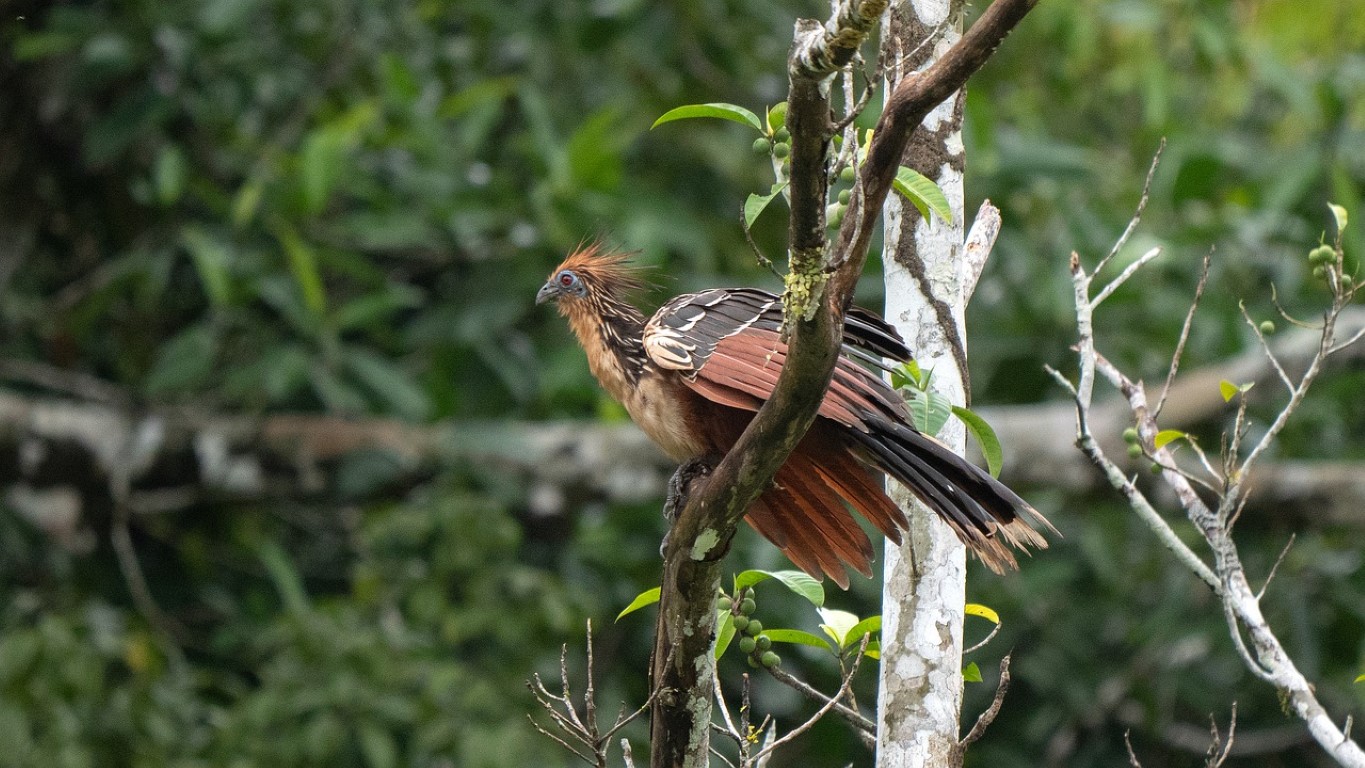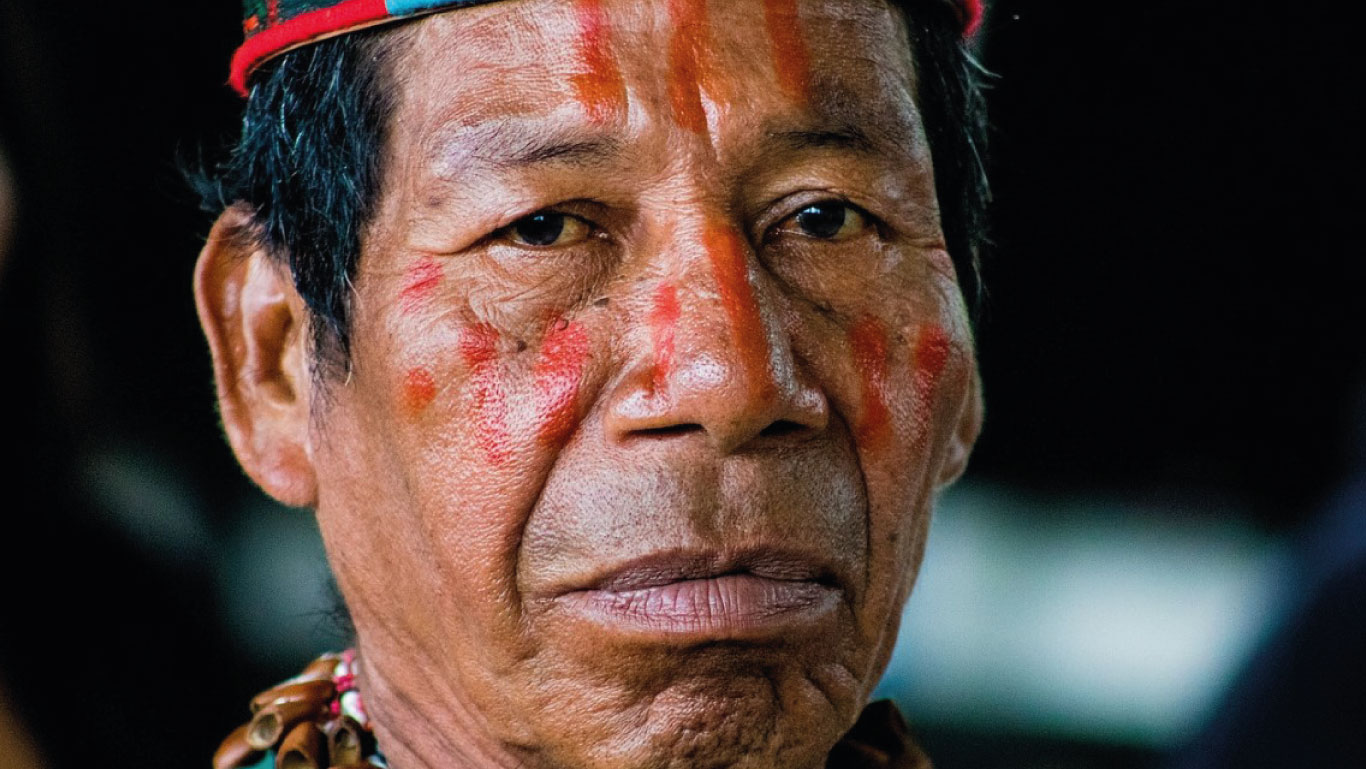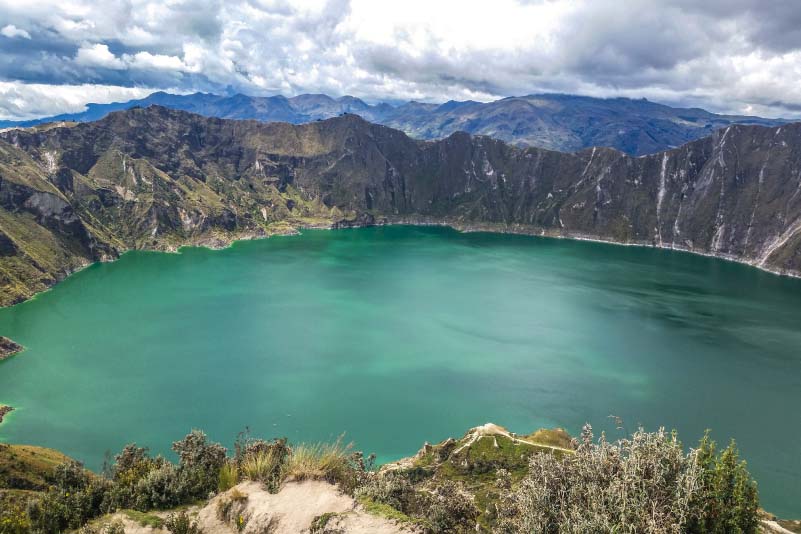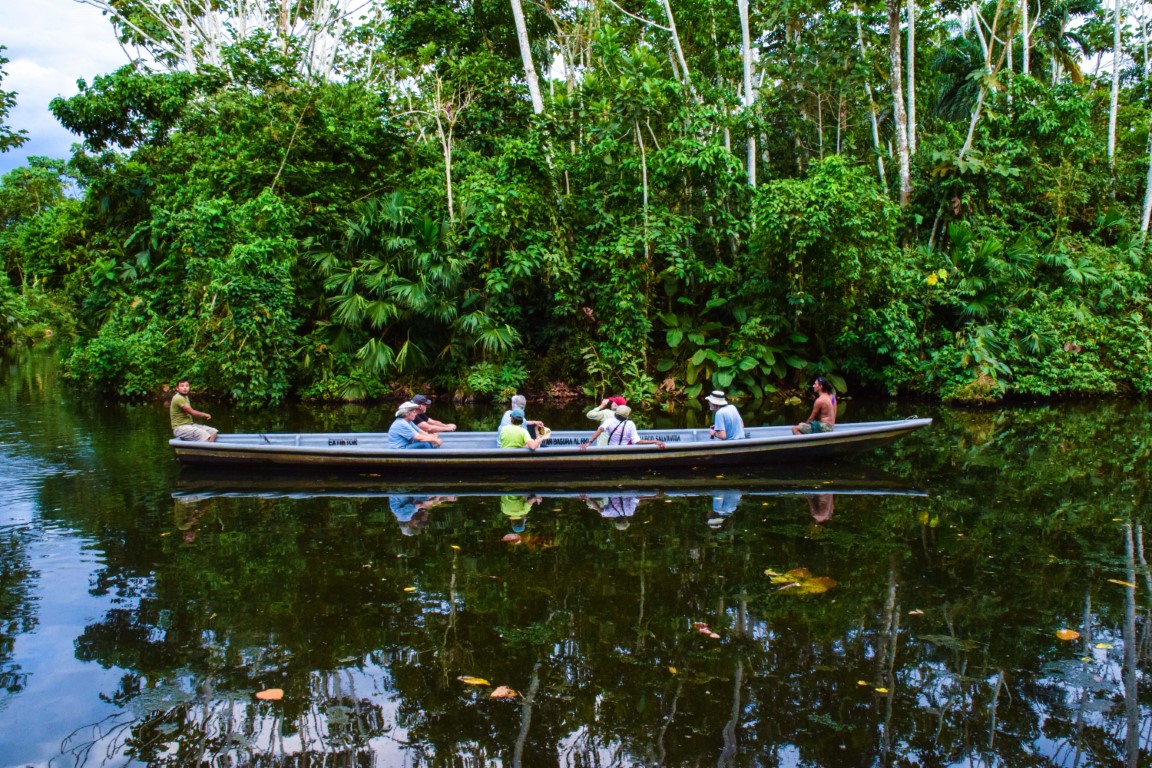- Home
- Tours
-
Destinations
- Banos de Agua Santa
- Yasuni Ecuador
- Puyo Ecuador
- Cuyabeno Ecuador
- Volcano Cotopaxi Ecuador
- Volcano Chimborazo Ecuador
- Volcano Carihuayrazo Ecuador
- The Ilinizas Ecuador
- Volcano Antisana Ecuador
- Volcano Tungurahua Ecuador
- The Tree House Banos de Agua Santa Ecuador
- Route of the Waterfalls and the Pailon del Diablo Waterfall Banos de Agua Santa Ecuador
- Volcano Altar Banos Ecuador
- Quilotoa Lagoon Ecuador
- Touring Ecuador
- QUITO AND ITS SURROUNDINGS
- Galapagos
- About Us
- Blogs
- Contact us
- Language
Support 24/7
Cultural Mestizaje in Ecuador: A Fusion of Traditions and Diversity
2025-05-11 | Turismo Ecuador 24 | Agencia premiada y posicionada entre las mejores en Tripadvisor y Google: Tours personalizados - Galapagos, Andes y Amazonia con guias locales certificados.
Cultural mestizaje in Ecuador is a blend of indigenous, African, and European influences that has created a rich cultural diversity. Discover how this fusion has shaped Ecuador's identity.
Cultural Mestizaje in Ecuador: A Fusion of Traditions and Diversity
Ecuador, with its diverse geography and rich history of exchange, has been a melting pot of cultures since the arrival of Spanish conquerors in the 16th century. Over the centuries, indigenous, African, European, and later Asian influences have combined to create a unique and diverse Ecuadorian identity. This cultural mestizaje is reflected in the language, music, dance, food, religion, and customs that define the country today.
The Indigenous Influence: Roots in the Land and Tradition
Before the arrival of the conquerors, the indigenous cultures of Ecuador, such as the Kichwa, Shuar, Awa, and Cañaris, among others, already had deep traditions in art, agriculture, religion, and social organization. These peoples had a very close relationship with the land and nature, beliefs that have remained alive through the centuries.
The Kichwa language, although influenced by Spanish, is still spoken by a large part of the population, especially in rural communities in the Andes and the Amazon. Moreover, indigenous spirituality, with its connection to Pachamama (Mother Earth), is a fundamental cultural pillar in many parts of the country, with rituals and festivals such as Inti Raymi continuing to be celebrated today.
The African Influence: Heritage of Slaves and Music
The arrival of African slaves in Ecuador, primarily on the coastal regions, left a deep mark on the country's culture. Africans brought with them a rich tradition of music, dance, and religion, which merged with indigenous and Spanish customs. This influence is especially noticeable in the music and popular dances, such as bomba and marimba, which remain an integral part of Ecuadorian Afro-descendant culture.
The Afro-Ecuadorian communities, especially in the Esmeraldas province, celebrate their traditions through festivals, dances, and music that honor their African roots. The Fiesta de la Mama Negra, one of the most important celebrations in Ecuador, is a clear example of the fusion of African, indigenous, and Spanish traditions.
The Spanish Influence: The Conquest and European Culture
With the arrival of the Spanish in Ecuador in 1534, the country underwent a process of colonization that not only changed its political and social structure but also left a deep mark on its culture. Catholicism was imposed as the official religion, but it was also blended with indigenous beliefs, creating a religious syncretism that remains a key feature of Ecuadorian festivities.
Colonial architecture, present in cities like Quito and Cuenca, is another Spanish legacy that has endured to this day. Churches, squares, and buildings in baroque and Renaissance styles are witnesses to the fusion between European traditions and local customs.
Mestizaje: The Creation of a New National Identity
The mestizaje process in Ecuador was not limited to the mixing of races but also to the fusion of traditions, customs, and beliefs. Over the centuries, mestizaje has given rise to a unique Ecuadorian identity, celebrated in every corner of the country. Fiesta del Inti Raymi, Mama Negra, and other festivals show how different traditions have been absorbed and reinterpreted, creating a cultural kaleidoscope that is the soul of Ecuador.
Ecuadorian cuisine is a clear example of this mestizaje. Dishes like ceviche, hornado, empanadas, and locro have influences from indigenous, Spanish, and African cultures. In the kitchen, native ingredients such as corn, potatoes, cacao, and yuca combine with culinary techniques brought by colonizers and slaves.
Cultural Mestizaje in Modern Ecuador
Today, cultural mestizaje continues to be a fundamental part of Ecuador’s identity. The Ecuadorian population is diverse, with indigenous, mestizo, Afro-Ecuadorian, and other ethnic communities that keep their traditions alive through generations. This cultural diversity is celebrated in festivals, markets, dances, and rituals that allow Ecuadorians to reconnect with their roots.
Mestizaje has also fostered the creation of a shared national culture, where the history and traditions of all communities are honored, recognizing their contribution to the formation of modern Ecuador. Cultural mestizaje has not only been a process of assimilation but also of resistance and adaptation, in which Ecuadorians have learned to coexist and celebrate the richness of their diversity.
Popular Destinations
Tourism is our passion
We are a company with an interdisciplinary team with experience in the tourism industry, which allows us to offer the highest standards of service. We know the exquisite taste of frequent travelers who seek unforgettable experiences with adrenaline discharges, an alternative that provides an exclusive service and the best treatment to our tourists.
24/7 sales and support
24/7 sales and support
 Español
Español English
English
